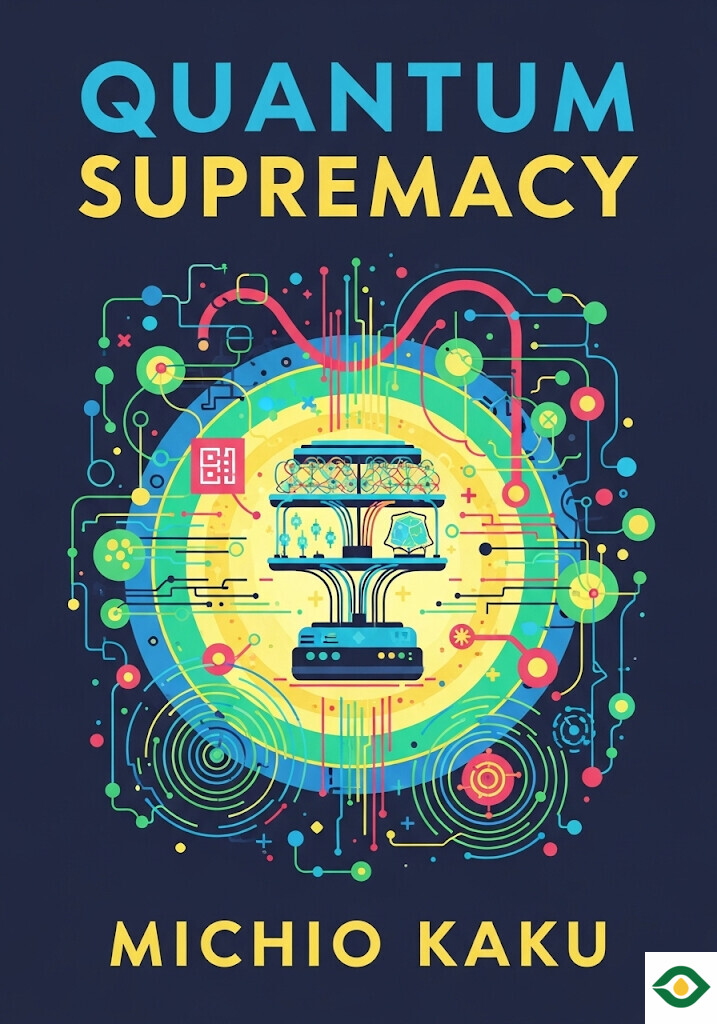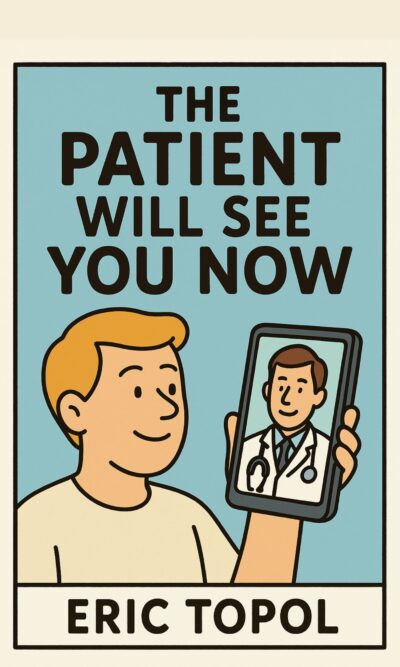Description
Quantum computing may sound mysterious, but it is about to change the world in ways we can all understand. For decades, people have relied on traditional computers powered by silicon chips, where everything is processed in binary — 0s and 1s. This system has served us well, but it has limits. Quantum computers take things further. They use principles of quantum physics to process information in entirely new ways. Instead of simple bits, they use “qubits,” which can exist in many states at once. This ability gives them incredible speed and power, opening doors to solutions we could never reach before.
The race for quantum breakthroughs has already begun. In 2019, Google’s Sycamore processor solved a calculation in just 200 seconds that would have taken the fastest supercomputer 10,000 years. Soon after, research teams in China and IBM released even larger machines with hundreds of qubits, showing how fast the technology is advancing. This moment, when quantum computers outpace classical ones in a specific task, is called “quantum supremacy.” It means we’ve crossed a threshold into a new era of computing.
But with progress comes challenge. Quantum systems are delicate. Their qubits need perfectly stable environments, often cooled close to absolute zero, because the slightest vibration or energy fluctuation can collapse their state. This fragility is called the problem of “coherence.” Nature itself, through processes like photosynthesis, manages to achieve stability at normal temperatures. Scientists hope to copy those natural tricks to make practical, reliable quantum machines.
To truly appreciate this revolution, it helps to see where computing came from. Thousands of years ago, people made devices to simulate the skies. The Antikythera Mechanism, an ancient Greek artifact, could predict eclipses with remarkable accuracy. Centuries later, Charles Babbage imagined the first programmable machine, and Ada Lovelace wrote the earliest instructions for it, becoming the first programmer in history. In the 20th century, physicists like Planck, Schrödinger, and Feynman built the theories of quantum mechanics. Alan Turing gave us the concept of a universal machine, the foundation of all digital computers. Each step built on the last, leading directly to today’s quantum age.
The strange world of quantum physics also reshaped how we see reality itself. Schrödinger’s famous cat experiment explained how particles can exist in many states at once until observed. Later, Hugh Everett’s “many worlds” interpretation suggested that instead of collapsing into one outcome, every possible outcome exists in parallel universes. While these ideas may sound like science fiction, they are guiding real-world research and driving the technology behind quantum computers.
So, what can these machines actually do for us? Their promise is enormous. One area is energy. A century ago, Fritz Haber found a way to convert nitrogen into fertilizer, sparking an agricultural revolution. But his process was energy-hungry and destructive. Quantum computing could unlock cleaner, more efficient methods, sparking a second green revolution to feed the planet sustainably.
Another area is health. Diseases like cancer, Alzheimer’s, and autoimmune disorders are complex because they involve countless variables inside our own bodies. Traditional approaches rely on trial and error. Quantum computers, with their ability to model systems at atomic levels, could analyze patterns too intricate for us to grasp otherwise. They might uncover how proteins misfold, how cells go rogue, or how the immune system misfires, leading to treatments that today seem impossible.
Quantum technology could also be our best ally against climate change. Earth’s weather is governed by countless interconnected systems. Current supercomputers struggle to process them fast enough or in sufficient detail. Quantum models could simulate weather with far greater accuracy, helping us predict disasters, manage resources, and slow environmental damage.
Beyond Earth, the possibilities grow even bigger. We still don’t fully understand the behavior of stars or the dangers of massive solar flares that could cripple our infrastructure. Quantum simulations may help predict and prepare for these cosmic events. They could also help us unlock fusion energy — recreating the power of the sun in a safe, controlled way to provide unlimited clean energy. Though fusion research has made recent progress, it is still costly and slow. Quantum machines could speed discovery, pointing directly to the right designs and materials.
This new technology is not just about solving today’s problems. It is about expanding what humanity can even imagine. Faster cures, cleaner energy, stable climates, and protection from cosmic threats — all of these rely on finding patterns hidden deep in the structure of reality. That is exactly what quantum computers are designed to do.
The story of computing is a story of humans striving to simulate, calculate, and understand the universe. From the bronze gears of the Antikythera device to silicon chips in your pocket, each step has expanded our ability to solve problems. Quantum computing is simply the next leap — one so big that it may transform life itself.
We are still in the early days, with fragile machines kept in ultra-cold labs. Yet progress is astonishingly fast. Each new breakthrough brings us closer to practical quantum tools. And once these tools are stable and accessible, the impact will be felt everywhere — in science, medicine, economics, climate, and even in how we explore the stars.
The future is not just digital anymore. The future is quantum.





